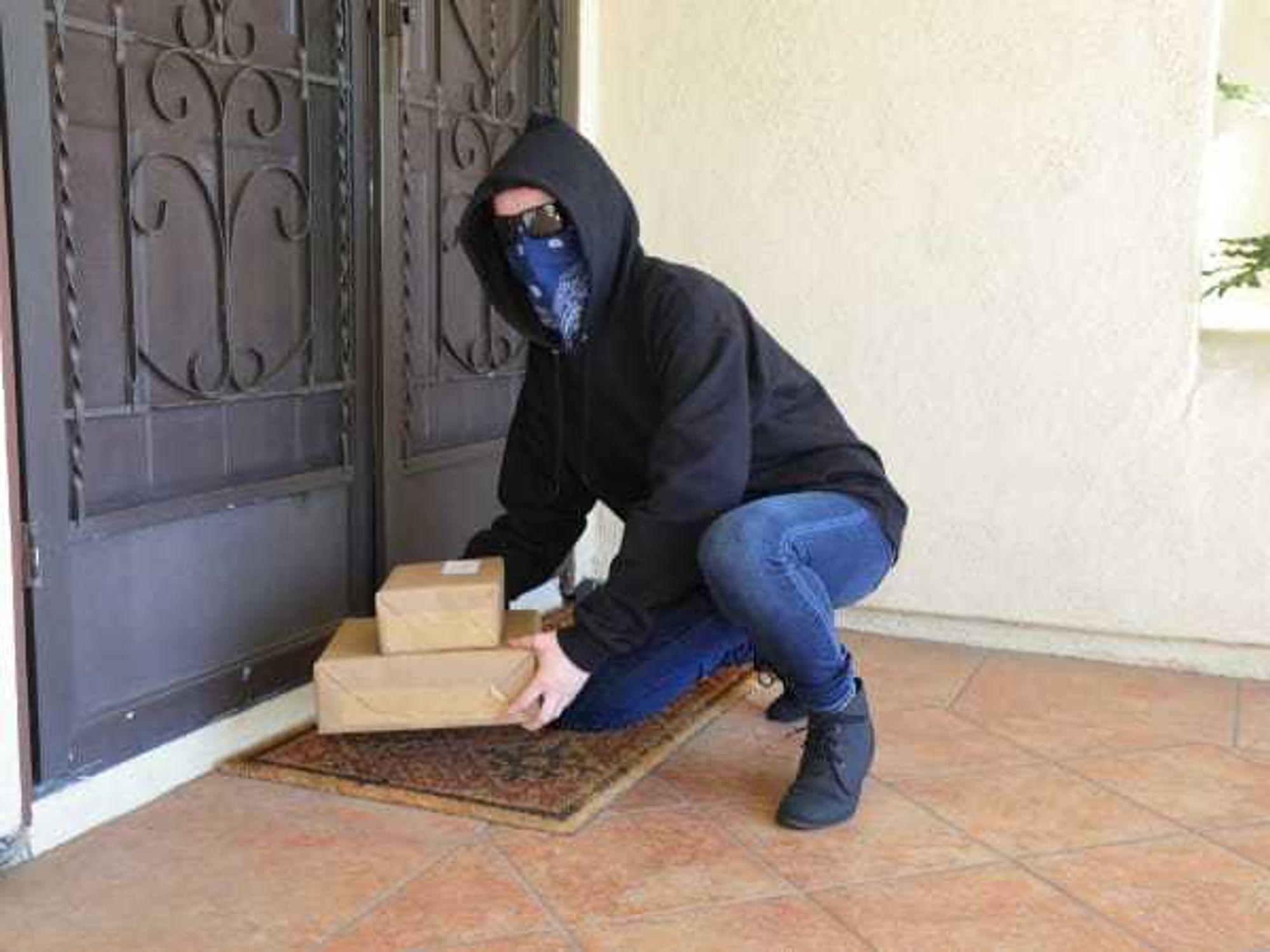Insect News
Crane flies have landed ever so lightly in Fort Worth, which means one thing

Crane flies: fragile, sweet, harmless.
The crane flies have arrived in Fort Worth, and this year, they're here in droves.
Fragile, leggy, and whisper-light, crane flies are most often found around streams and lakes. But at certain times of year, they show up in urban areas, hovering and bobbing around houses and doorways.
If you live in certain areas — green, suburban areas — you've surely encountered them or seen complaints on your cranky Facebook neighborhood page. This, even though they don't bite or want to bother you in any way.
To bug experts like Janet Hurley, an Extension Program Specialist with Texas A&M AgriLife Extension, their arrival means one thing: Spring is officially here.
If they seem to be in larger numbers, it's, as usual, related to weather.
"The weather has been warmer, and we've had a number of damp days," Hurley says. "We've also had an unusual 2023, with spring bouncing in and out for a couple months. They usually show up during or right before spring break. But we all joke that if you see the crane fly, you won’t be seeing freezing temperatures again."
Of all the pests Texas must endure, crane flies have to be the most innocuous. Now-retired Texas A&M entomologist Mike Merchant called them "among the gentlest of insects."
It's a myth that they prey on or are related to mosquitoes. Crane flies are larger, and unlike mosquitos, their wings do not have scales. They also don't want your blood. They live on fat reserves built up during their larval stage.
They live short but amorous lives. Their sole purpose is to mate and make more crane flies for next spring.
Hurley says that they might be a nuisance but to consider the alternatives.
"Once they're gone, the mosquitoes come in," she says.
